Modern development teams ship faster than ever, and security must match that pace with precision. Continuous pentesting builds rhythm to that motion, ensuring secure code and rapid innovation advance together.
When security becomes an integral part of the creative process, teams achieve true DevSecOps maturity. This integration enables developers to make informed security decisions in real-time, building protection directly into their code as they write it.
Why Evolution Matters More Than Tradition
The journey from traditional to continuous security testing represents natural progress, and legacy testing cycles served static environments well, but today's cloud-native applications thrive on adaptive, ongoing validation that matches innovation pace. When security becomes part of the creative process, teams build security maturity through rhythm, not restriction.
The ISACA 2025 State of Cybersecurity Report notes that 47% of cyber teams are now directly involved in AI governance. This alignment creates mutual understanding, shared goals, and collaborative problem-solving. Security teams gain deeper insight into application architecture. Development teams build stronger security intuition.
Continuous pentesting represents a mindset shift from event-based testing to continuous assurance; it's less about more tests and more about smarter timing, context, and collaboration.
The shift brings clear advantages; it distributes security work across development cycles, creating manageable increments. It provides ongoing visibility into security posture, enabling proactive decisions. It builds security knowledge throughout teams, creating distributed expertise that strengthens entire organizations.
Structure first. Scale later.
Understanding Continuous Pentesting in Practice
Continuous pentesting maintains readiness across active development and release cycles. This comprehensive approach creates multiple validation layers, each serving a specific purpose.
Automated tools assist by highlighting common exposure patterns, but expert-led analysis drives assurance. AppSecure leverages selective automation to supplement human-led testing, ensuring broad coverage without relying on full automation.
Expert analysis secures complex logic with precision, and Human security professionals bring contextual understanding, examining business workflows, authentication mechanisms, and sensitive data handling. They recognize subtle logic flaws and provide strategic guidance on security architecture.
This approach aligns testing cadence with development milestones. When teams roll out new builds or major updates, AppSecure initiates targeted validation cycles aligned with release cadence. Context-driven testing ensures validation happens when code and context are ready for meaningful assessment.
Teams that operate on rhythm-based validation achieve faster cycles and more stable deployments. These improvements come from reduced friction, faster feedback, and greater confidence in deployment decisions.
Continuous validation creates lasting improvements that compound over time. Each finding becomes a learning opportunity - each remediation builds team expertise, and every successful deployment strengthens security culture.
At AppSecure, we view continuous validation not as a matter of frequency, but as precision testing that evolves with your code and adapts to your team's unique rhythm.
Designing a Developer-Led Testing Culture
Prioritize by Risk and Value
Strategic resource allocation begins with a clear understanding of where security investment creates the greatest value. Classify applications based on sensitivity and exposure. Consider data classification, user base, regulatory requirements, and business criticality.
Applications handling sensitive customer data or financial transactions require more frequent testing. Public-facing applications with large user bases merit close attention. Internal tools with limited access might follow less intensive schedules.
Focus testing frequency where impact creates the greatest value. This strategic approach maximizes security outcomes while respecting budget and time constraints.
Balance Automation With Human Context
The most effective programs leverage both automation and human expertise. Automation brings speed and consistency, scanning vast codebases and testing numerous endpoints. Automated tools provide reproducible results across continuous changes.
Expert validation adds essential context. Human analysts understand business logic, recognize sophisticated attack patterns, and provide strategic security guidance. They think like attackers, identifying vulnerabilities that require contextual understanding. Mature teams treat pentesting as continuous learning, not a compliance exercise.
Establish Feedback Loops That Build Expertise
Track remediation cycles to understand how quickly teams address different vulnerability types. This data reveals where processes work well and where additional support helps.
Share learnings to strengthen developer security confidence. When teams discover and fix vulnerabilities, capture those experiences as knowledge. Create internal documentation, conduct lunch-and-learn sessions, and celebrate security improvements.
Consider establishing security champions within development teams developers who develop deeper expertise and serve as peer resources. These champions bridge security and development, translating requirements into developer-friendly guidance.
When developers and security teams learn together, organizational resilience compounds naturally.
AppSecure's Continuous Pentesting Framework
AppSecure combines automated intelligence with expert-led assurance for comprehensive coverage. Our methodology recognizes that modern applications require modern security approaches that match cloud-native development pace while providing thorough validation.
Dedicated Security Analysts
Your dedicated analysts maintain a contextual understanding of your environment, becoming trusted partners in your development journey. They learn your application architecture, understand your business logic, and recognize your security priorities. This continuity creates efficiency as analysts build on previous knowledge.
The relationship evolves through continuity, and early assessments establish baselines and identify foundational improvements. Subsequent validations track progress, verify remediations, and identify new risks. Ongoing partnership creates a security narrative rather than disconnected snapshots.
Integrated Visibility and Compliance
Integrated dashboards simplify SLA tracking and compliance readiness, providing real-time visibility into security posture. Leadership can monitor key metrics and track remediation progress. Development teams can prioritize work, celebrate progress, and identify areas needing attention.
Alignment with frameworks such as SOC 2, ISO 27001, and ABHA ensures audit-ready assurance. Continuous validation creates documentation trails that satisfy auditor requirements while serving operational purposes. Security testing serves a dual purpose: it enhances security posture and demonstrates compliance.
Board-Level Assurance
Continuous validation provides the business risk visibility executives need. Real-time metrics connect security investments to business outcomes, demonstrating how security enables faster releases, reduces compliance costs, and protects revenue streams.
Turning Continuous Testing Into Competitive Momentum
Streamlined Releases With Built-In Confidence
Build confidence into every release. Teams deploy when ready rather than waiting for security reviews, accelerating time-to-market while maintaining assurance.
Streamlined releases improve developer experience. Teams spend less time in review queues, receive faster feedback on security questions, and maintain deployment momentum. This efficiency enhances morale and enables focus on innovation.
Strengthened Team Capability
Clarity and consistency empower teams to focus on building rather than on uncertainty. When developers understand security requirements and receive supportive feedback, they develop confidence in their security capabilities.
This empowerment transforms how developers approach security. Rather than viewing it as an external requirement, they see it as a craft element they master, like performance optimization. Security becomes part of professional excellence.
Simplified Compliance and Audit Readiness
Continuous validation creates documentation that satisfies various audit requirements SOC 2, ISO 27001, HIPAA, and PCI DSS. This documentation shows not just what security measures exist, but how they operate continuously.
Audit readiness reduces stress during actual audits. Rather than scrambling to gather evidence, teams have comprehensive documentation readily available. Security becomes a continuous practice with continuous documentation.
The compliance benefits extend beyond audits. Customers increasingly ask about security practices. Partners request security documentation. Contracts include security requirements. Continuous validation provides evidence that satisfies these various stakeholders, supporting business development.
Teams adopting continuous validation record faster cycles and sustained product reliability, creating competitive advantages that compound over time.
When security works in flow, development thrives.
Sustainable security is built through rhythm, partnership, and progress. It comes from consistent practices that compound over time and collaborative relationships that strengthen with each interaction.
Explore how AppSecure builds continuous assurance for agile teams. Book a consultation today.
FAQs
1. What defines continuous pentesting?
A proactive validation system that evolves with each release cycle, providing ongoing security assurance. It combines selective automation and expert analysis to maintain assurance aligned with development cadence.
2. How often are tests conducted?
Based on risk level, release frequency, and compliance priorities. High-risk applications might receive testing with every significant change, while lower-risk systems follow weekly or monthly schedules. The key is matching testing frequency to actual risk and change velocity.
3. Does it support compliance?
Yes. Each validation cycle builds a continuous evidence trail that simplifies audits. Continuous testing creates documentation of security practices, findings, remediation timelines, and security improvements over time.

Vijaysimha Reddy is a Security Engineering Manager at AppSecure and a security researcher specializing in web application security and bug bounty hunting. He is recognized as a Top 10 Bug bounty hunter on Yelp, BigCommerce, Coda, and Zuora, having reported multiple critical vulnerabilities to leading tech companies. Vijay actively contributes to the security community through in-depth technical write-ups and research on API security and access control flaws.


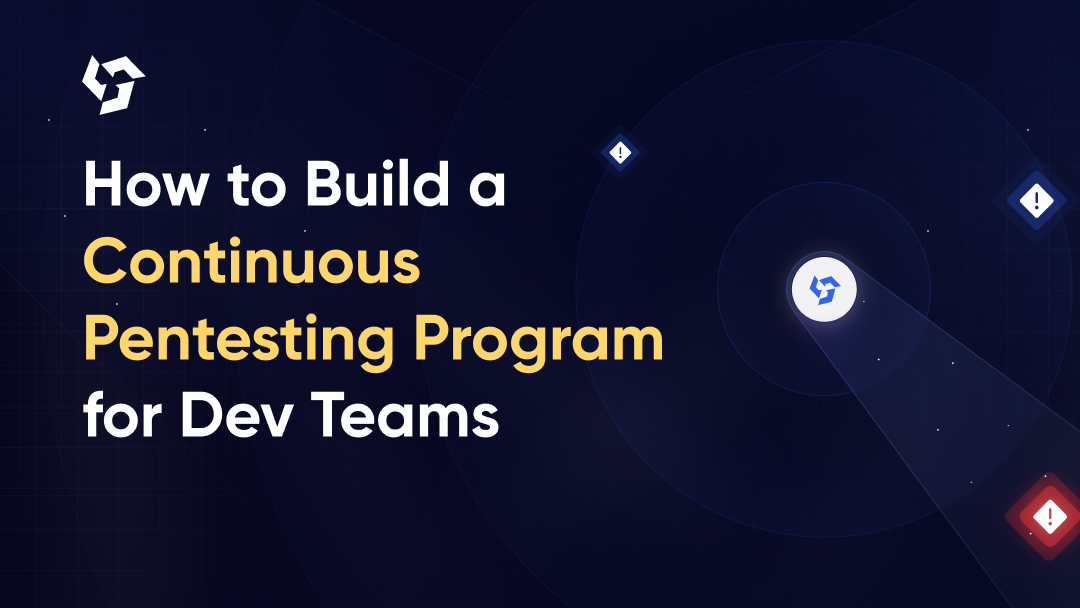

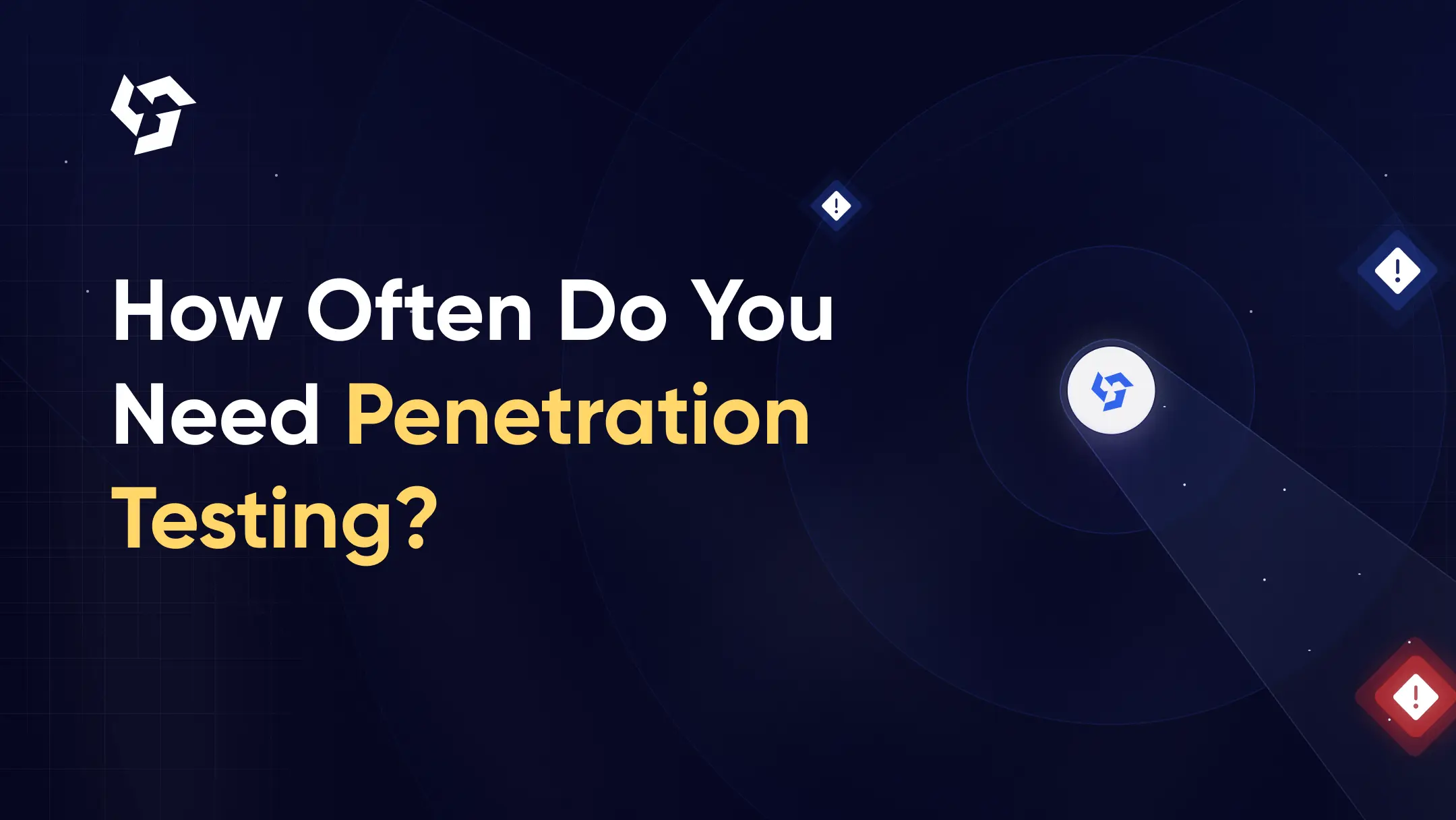
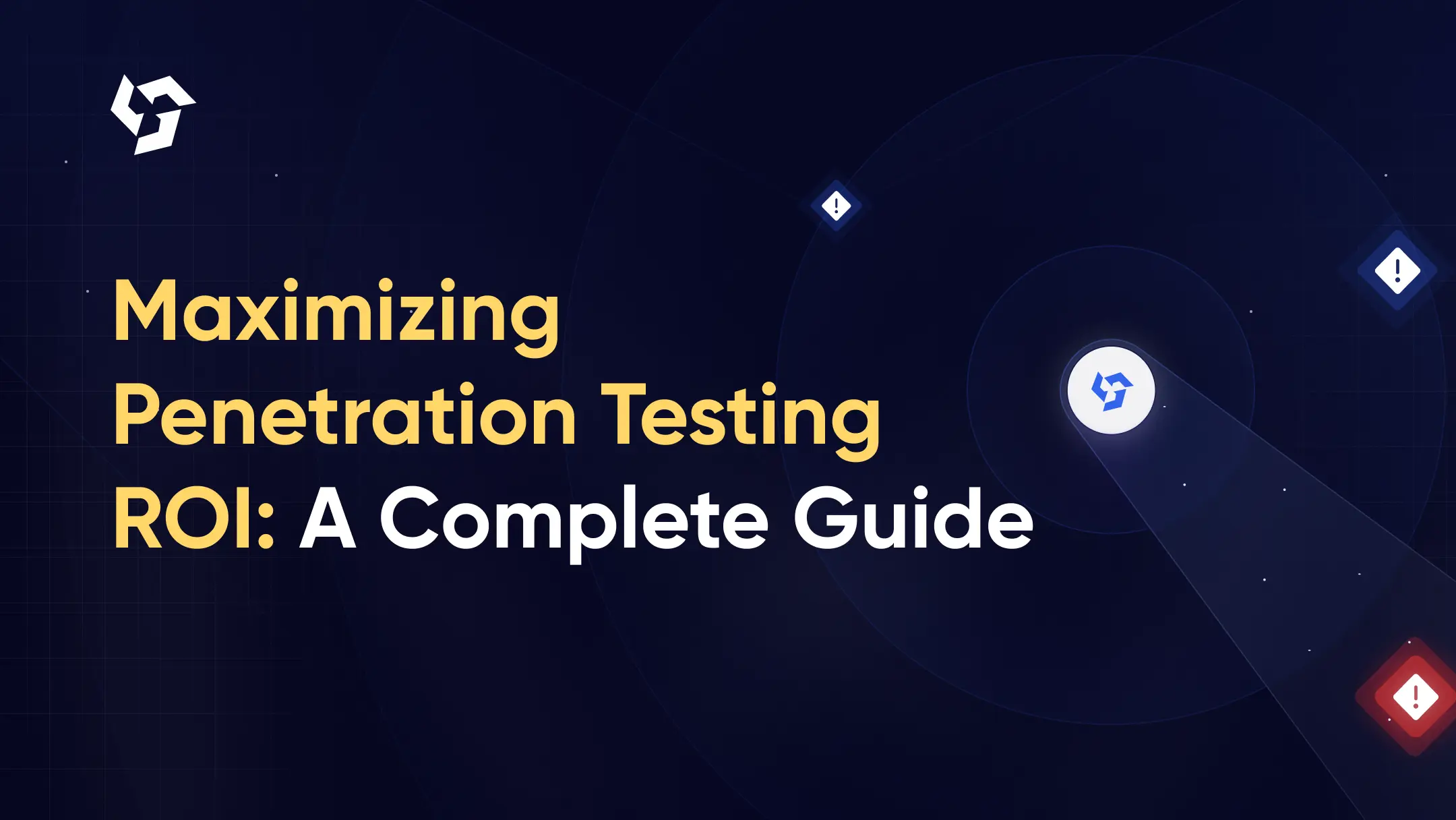

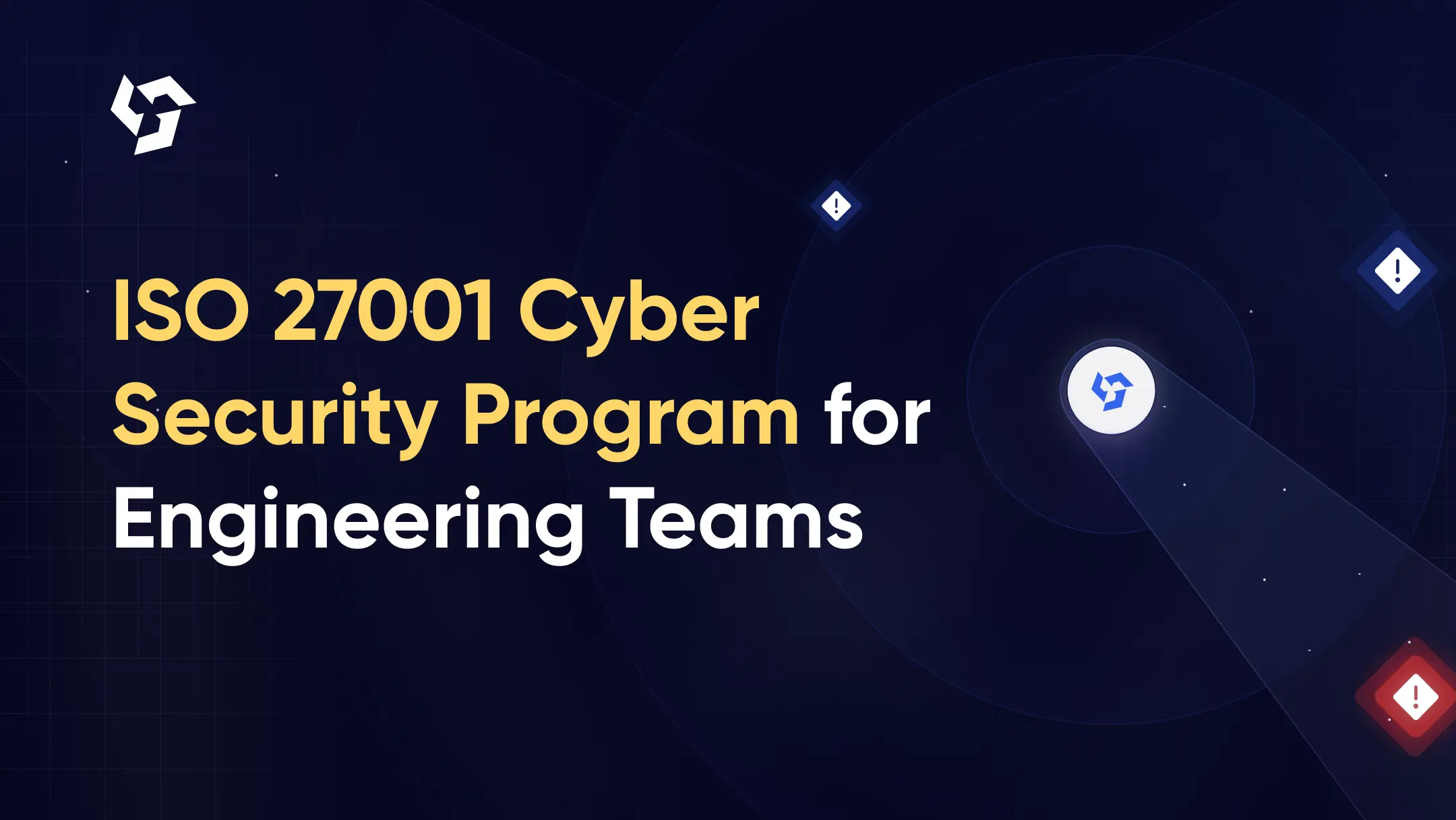
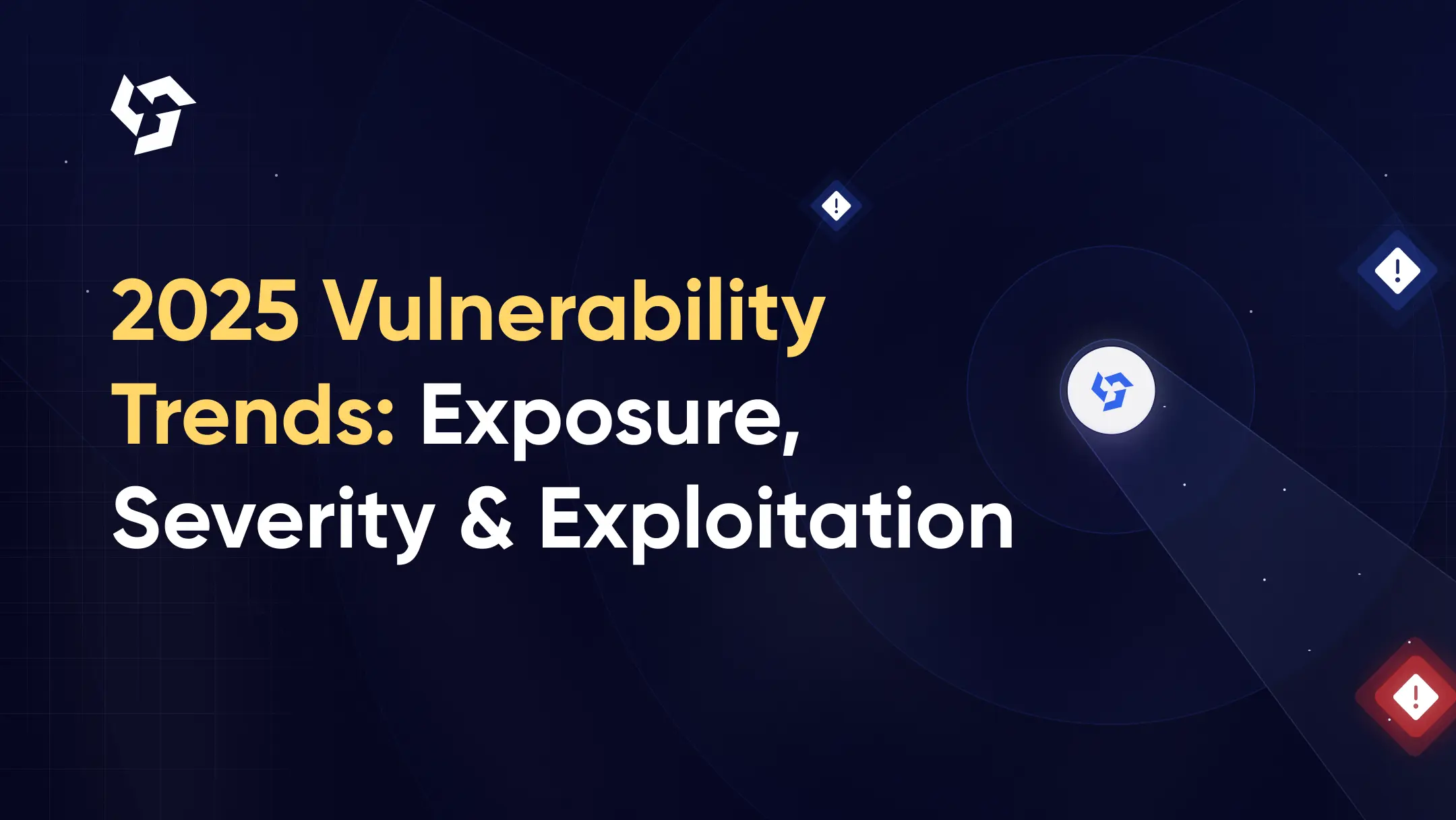
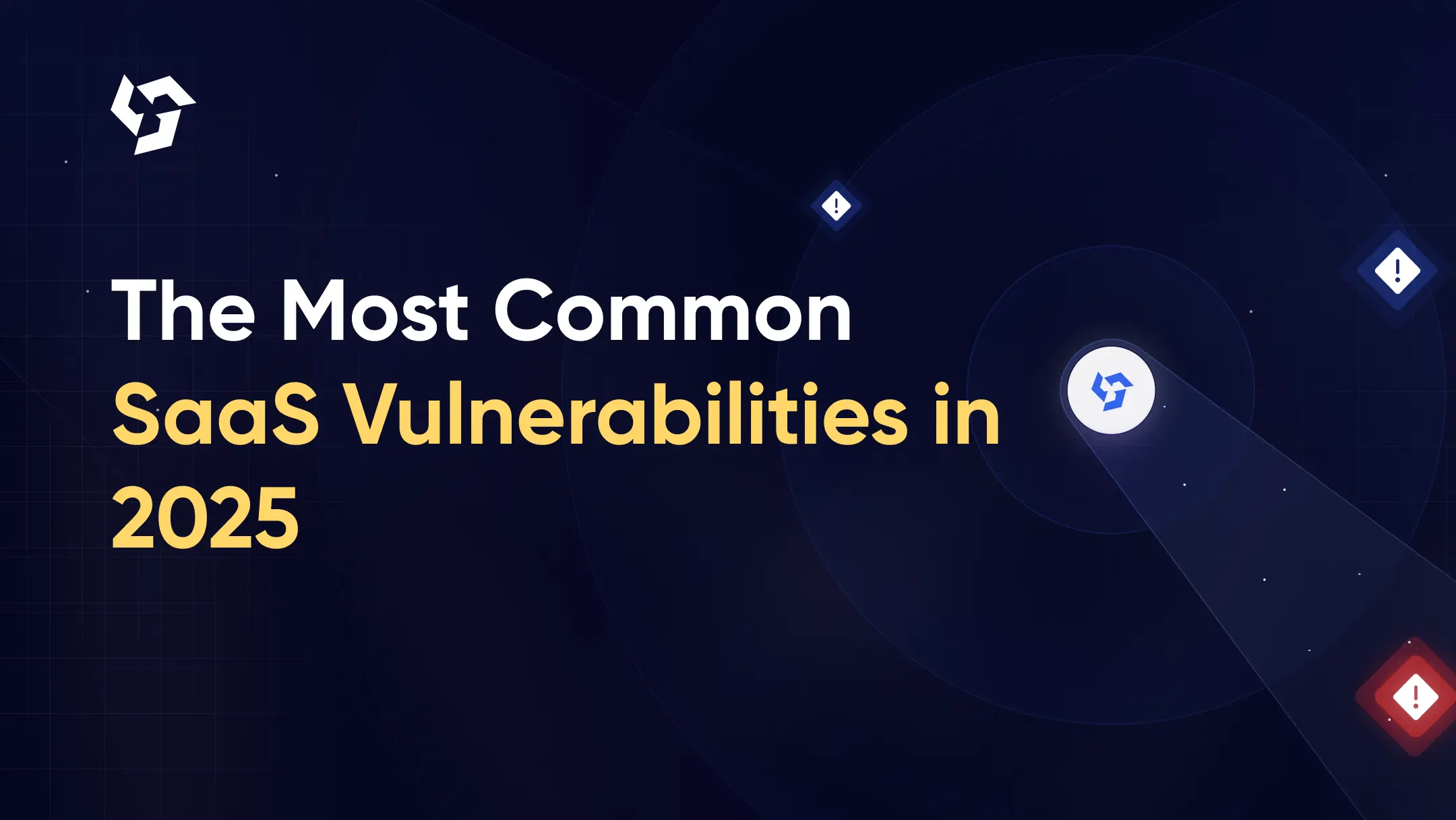





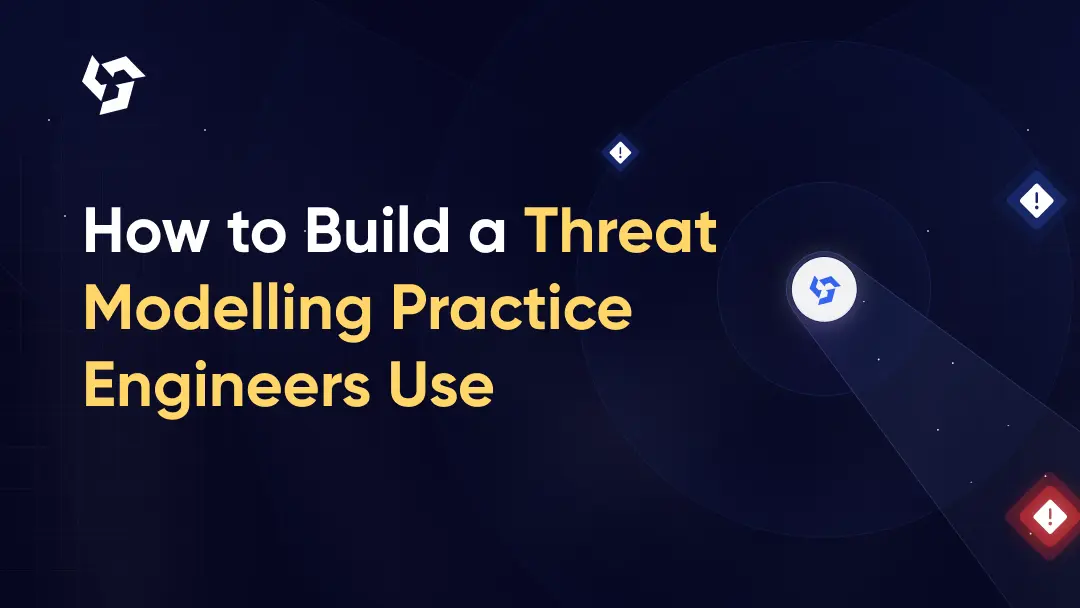
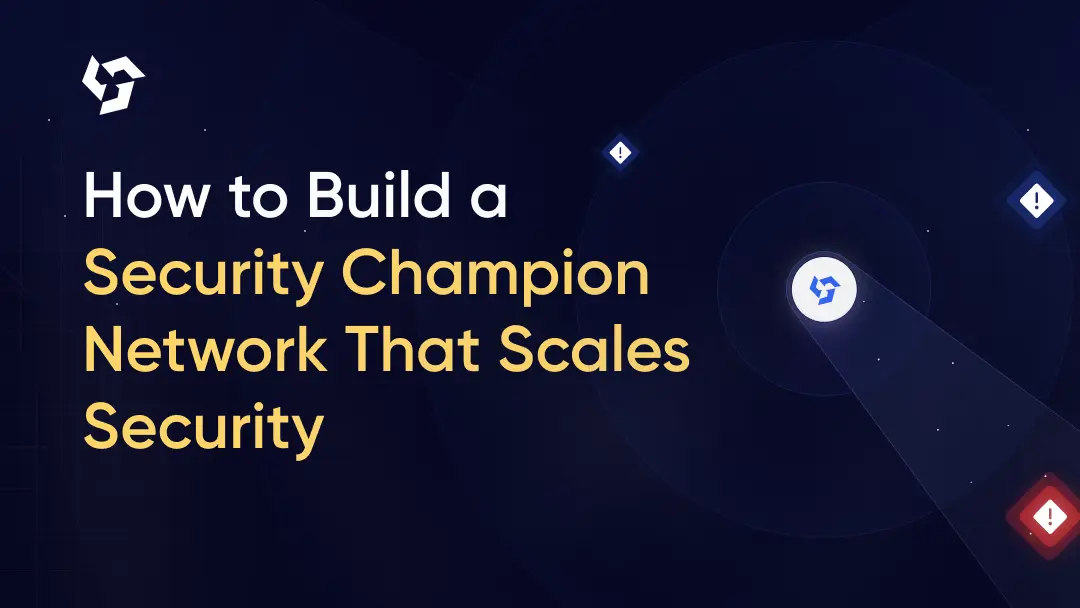

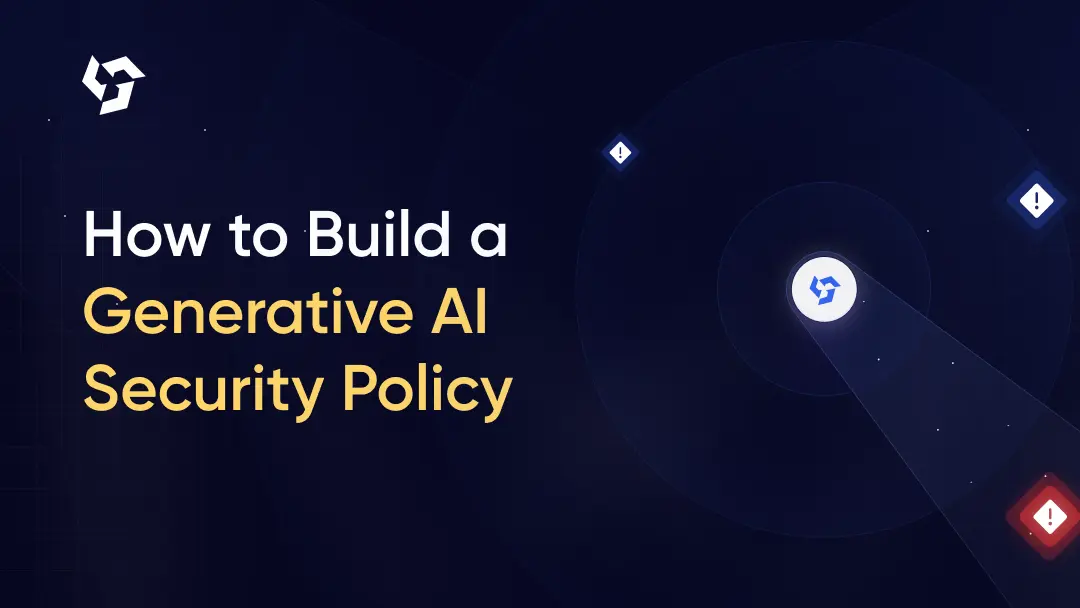
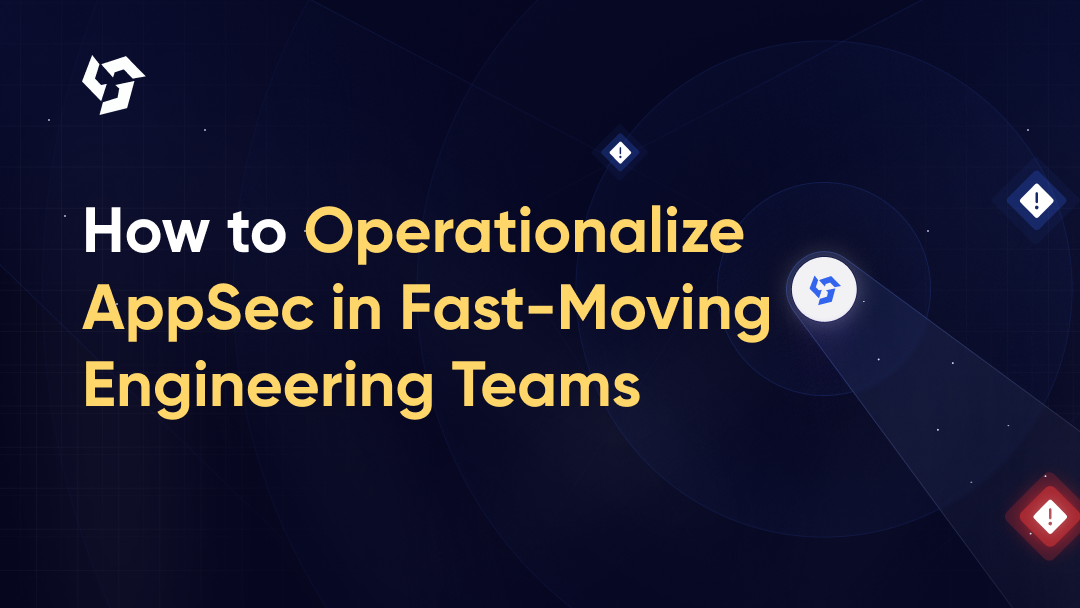

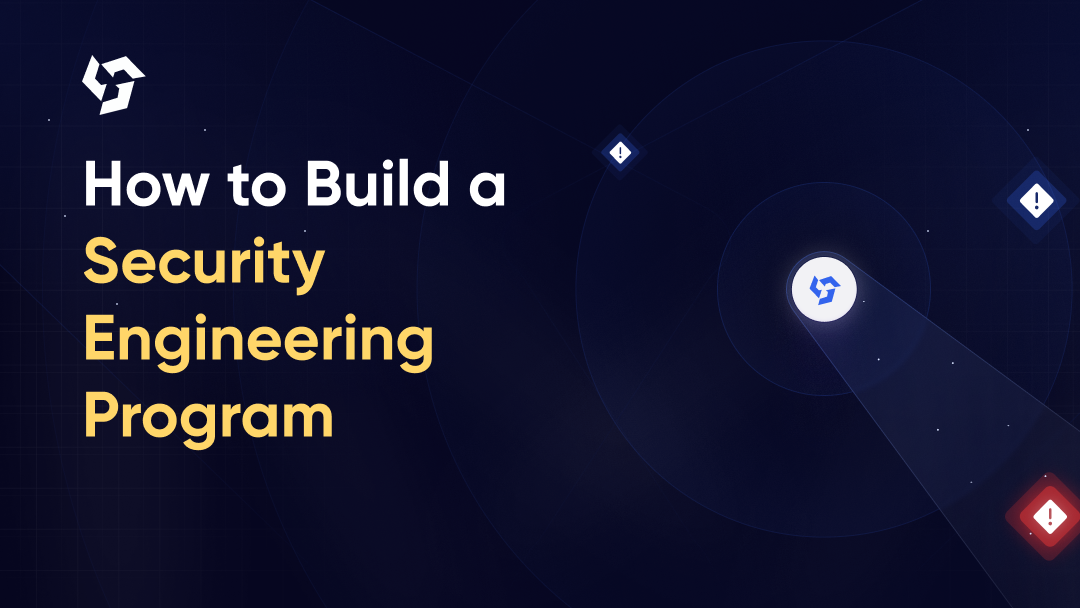


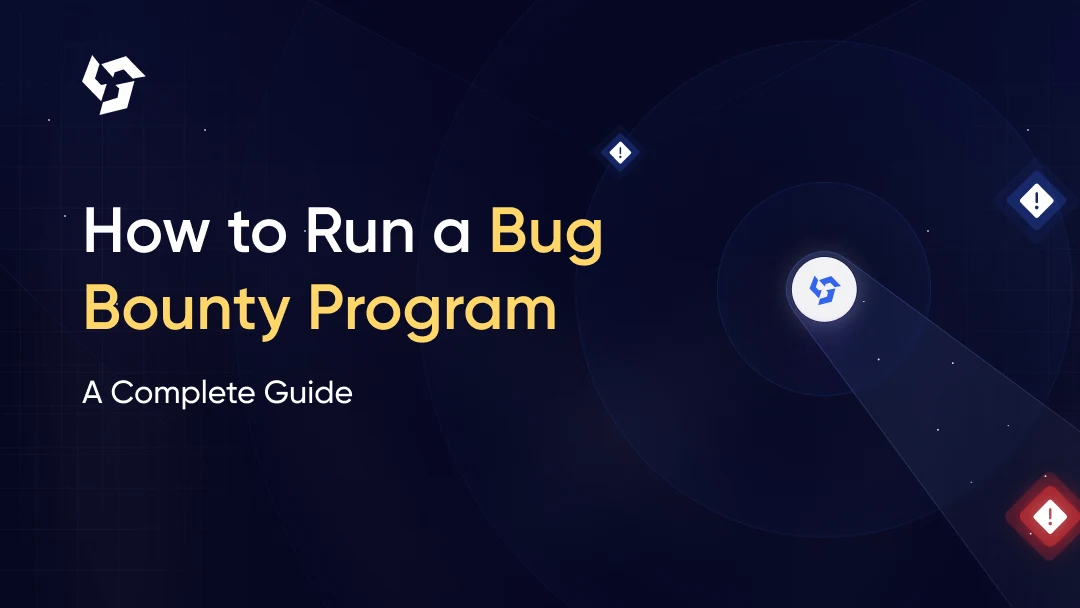


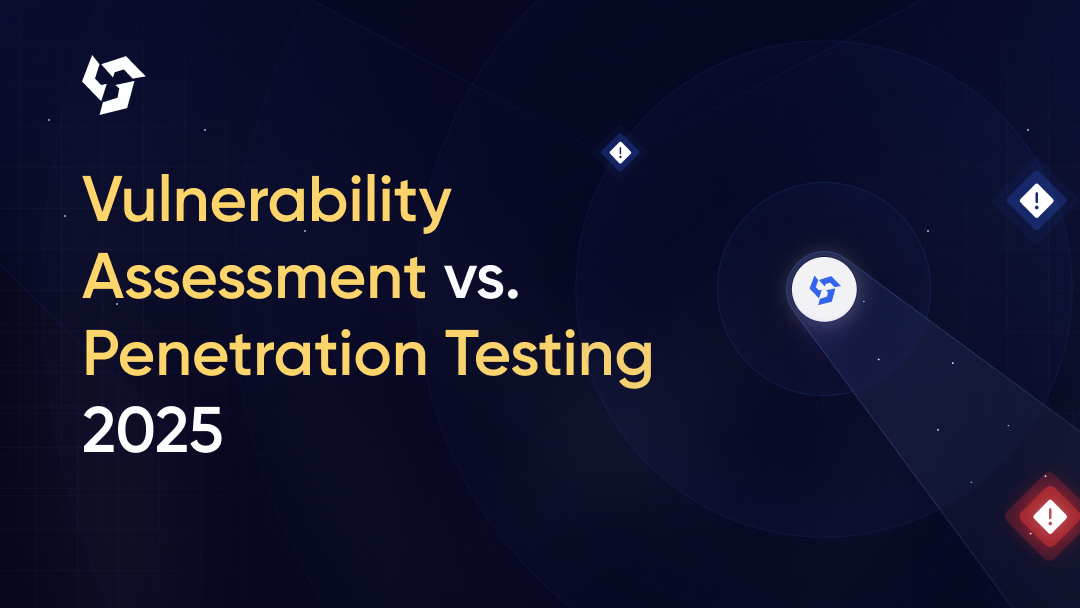

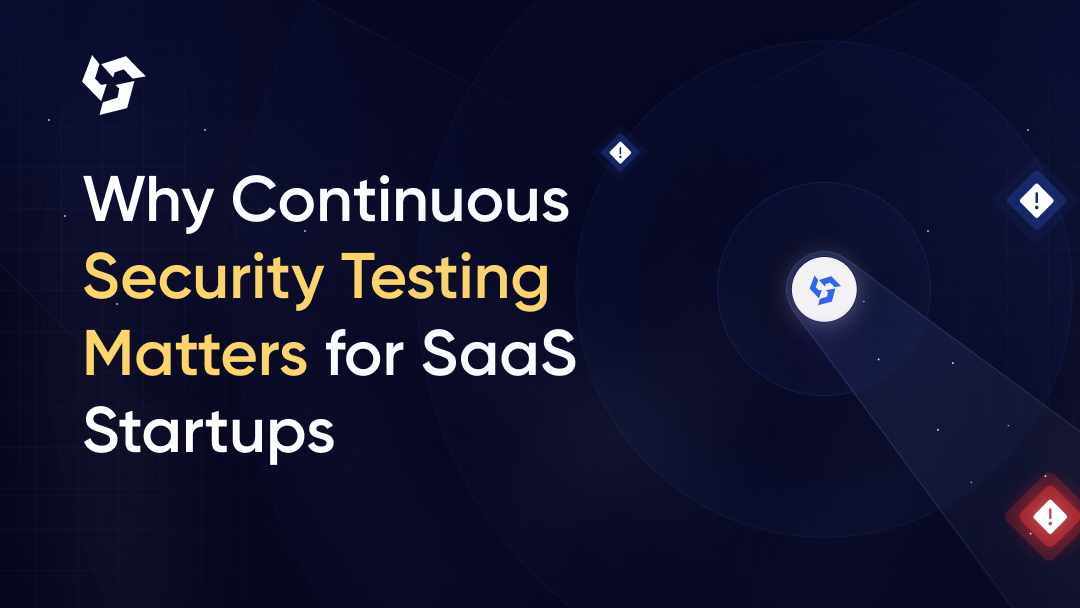
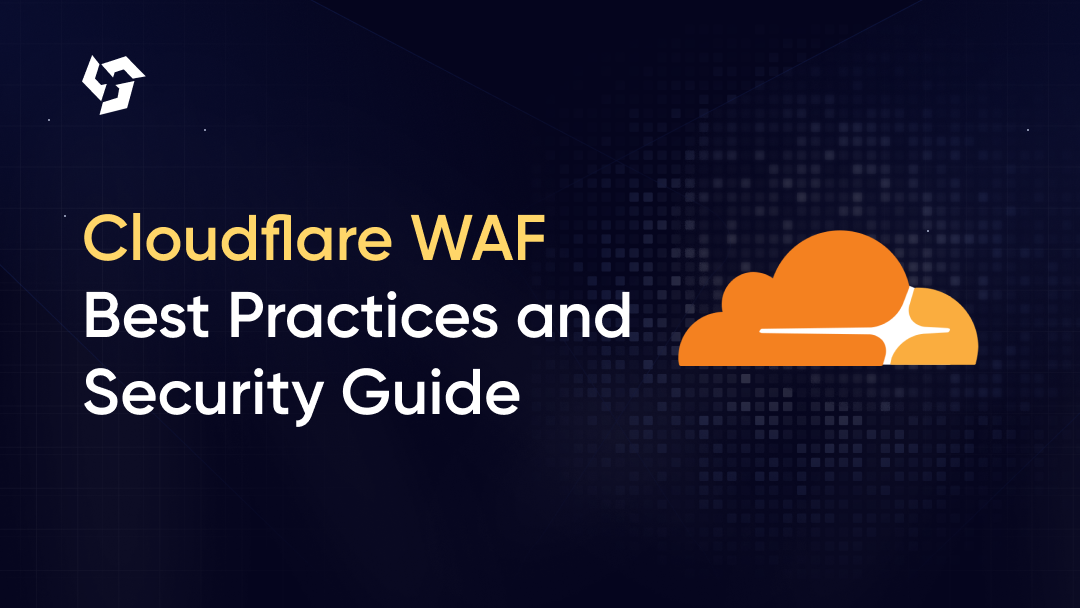

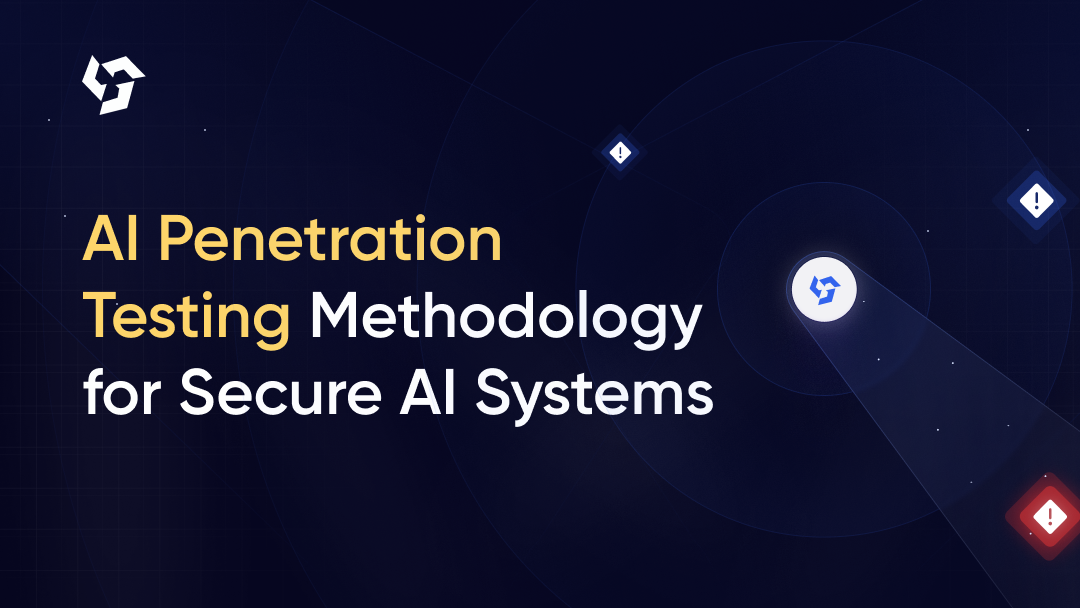
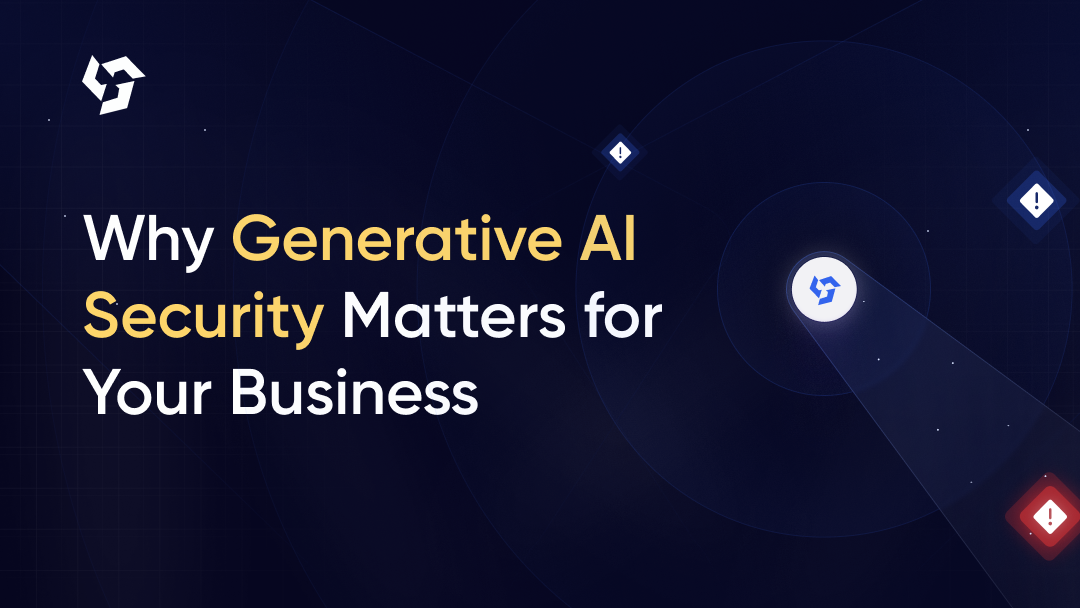
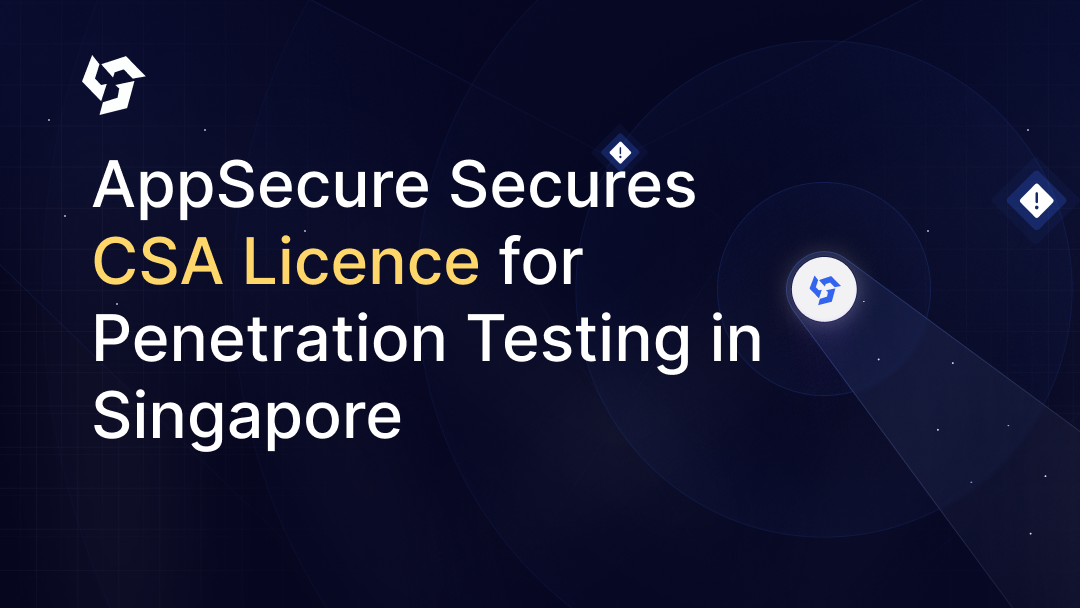
.png)
.png)
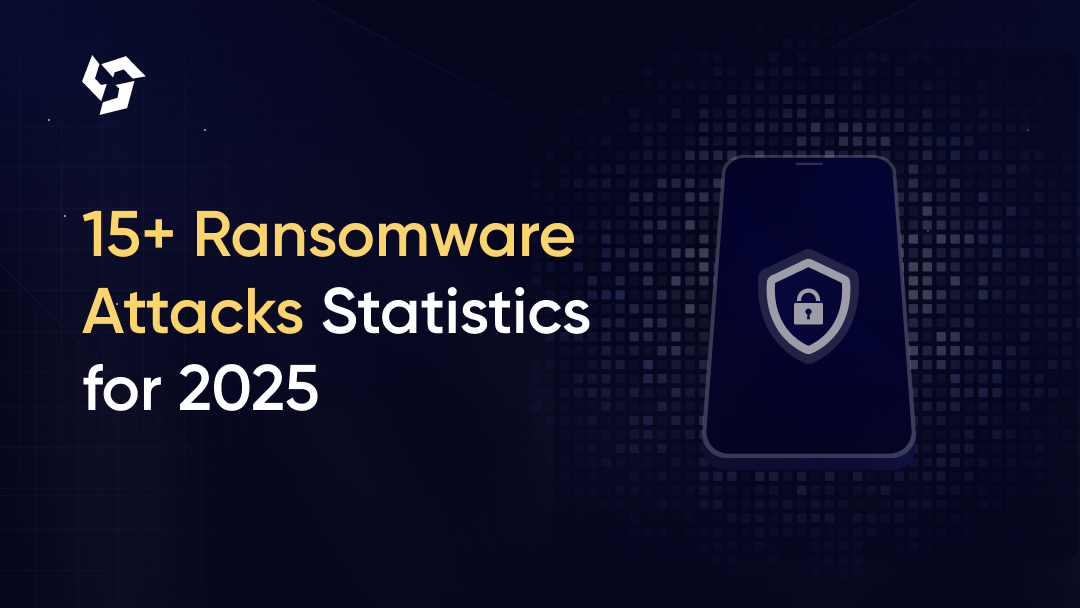
.png)
.png)
.png)
.png)
.png)
.png)
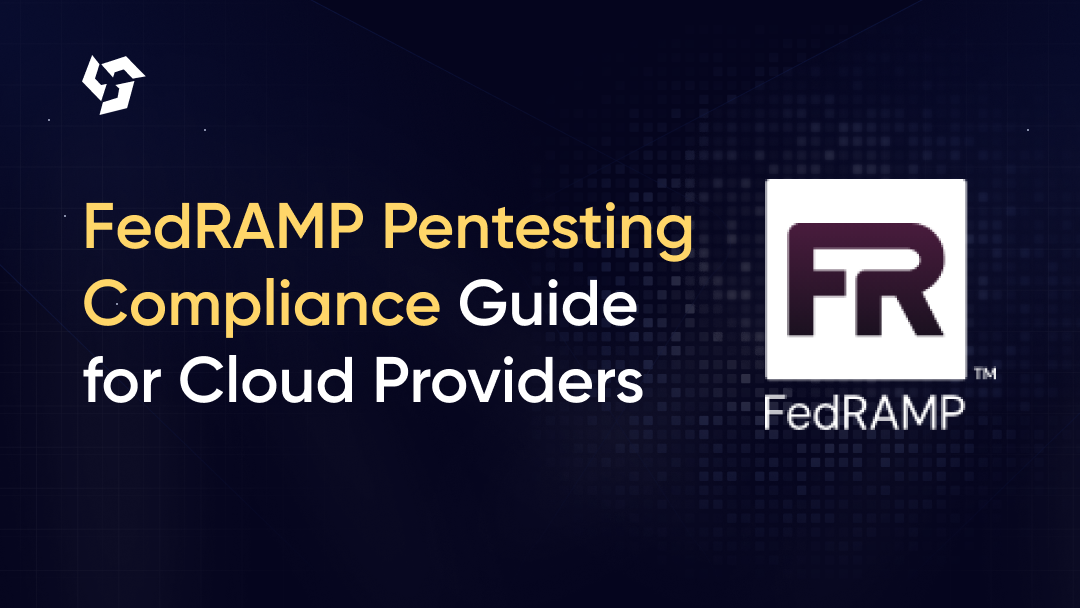
.png)
.png)
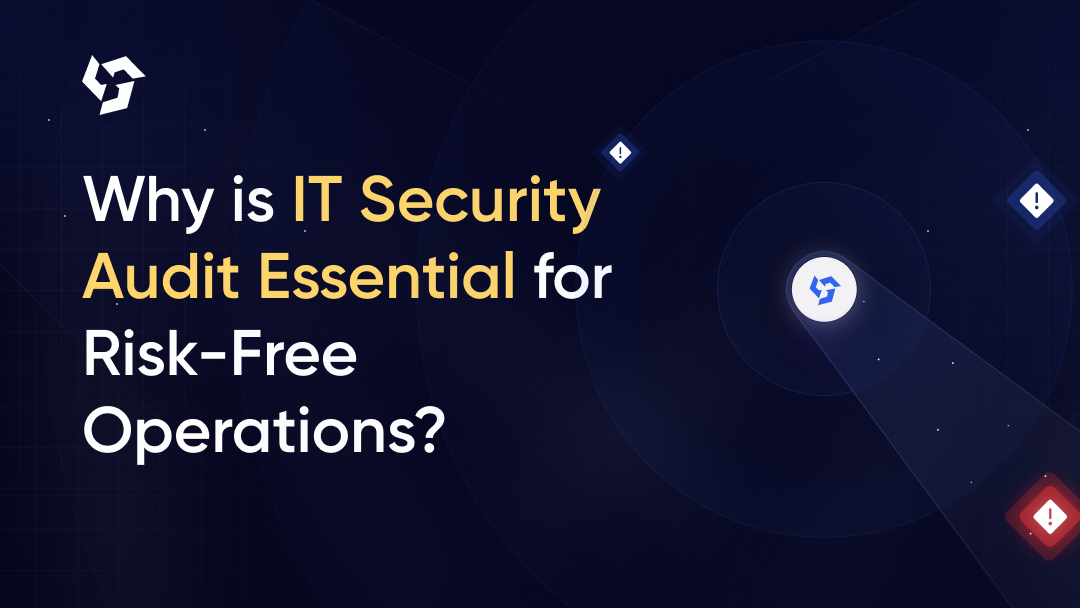

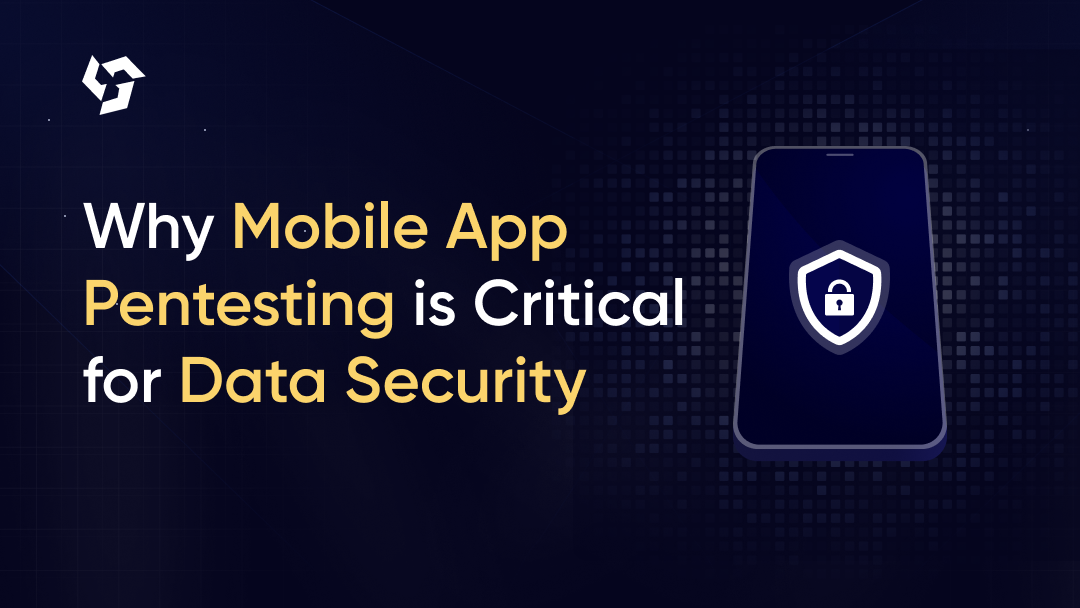
.png)
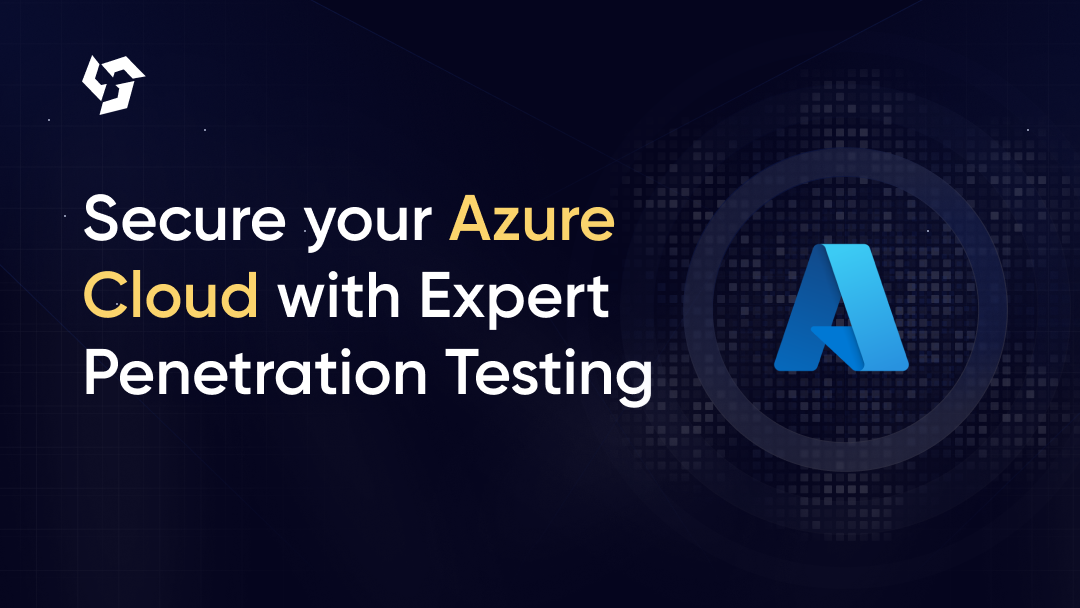

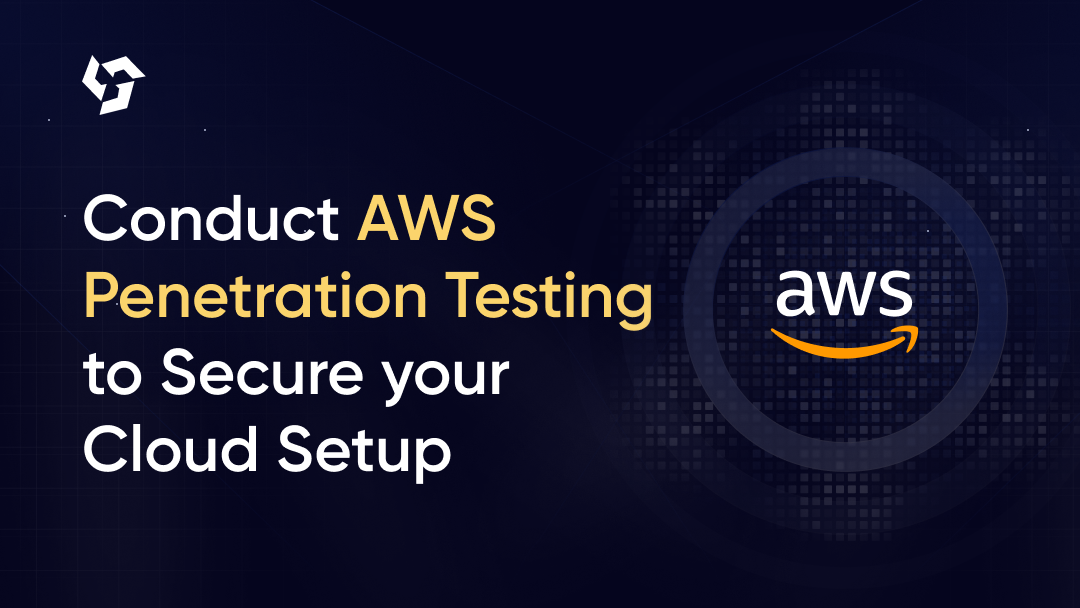
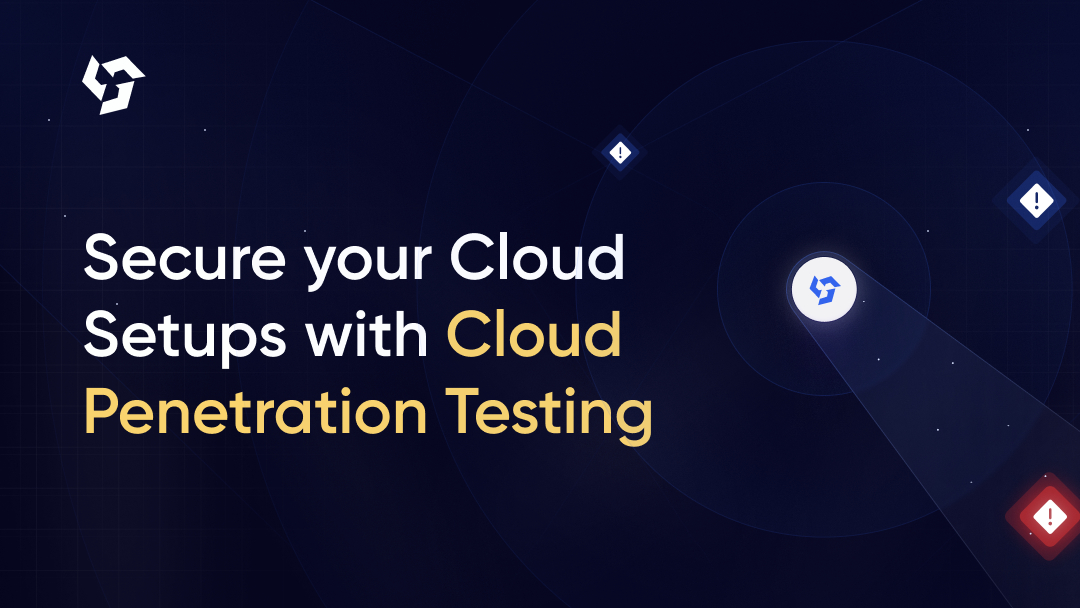
.png)
.png)
.png)
.png)
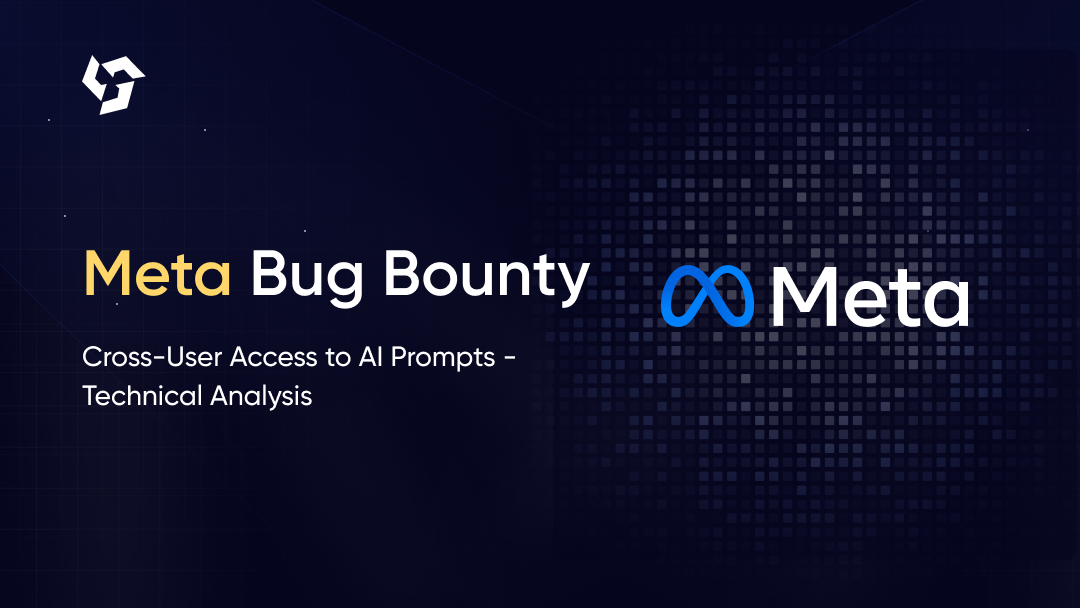
.png)
.png)
.png)

.png)
.png)
.png)
.png)
.png)

.png)









.webp)





.webp)


.webp)

.webp)



.webp)

.webp)
.webp)

.png)




.webp)
